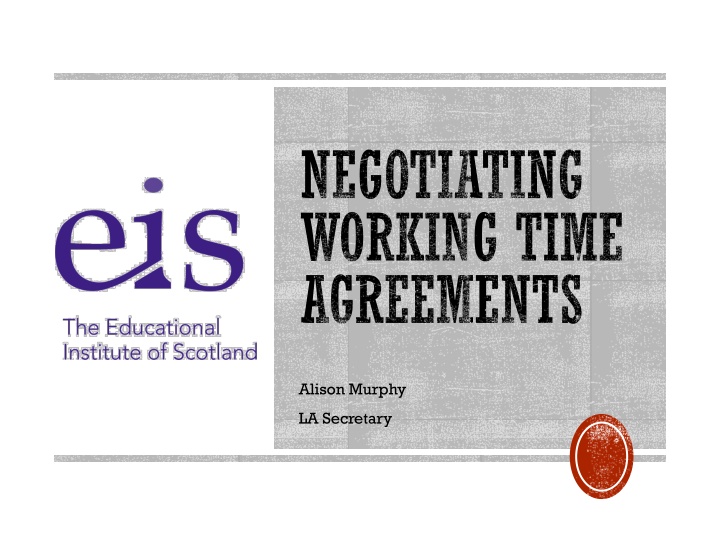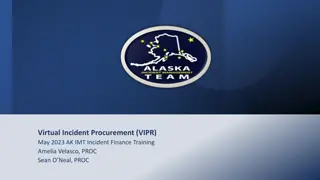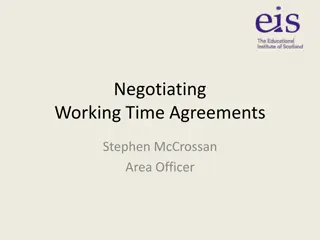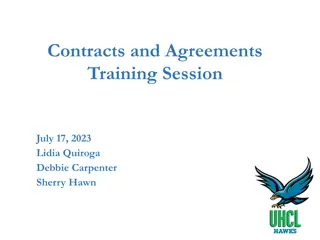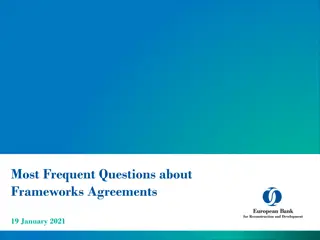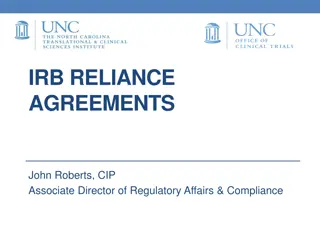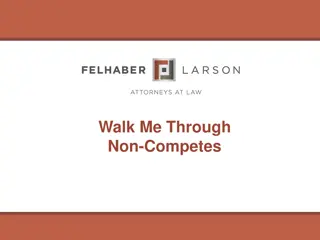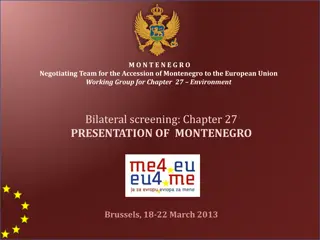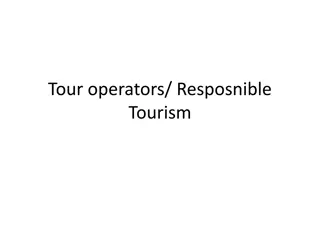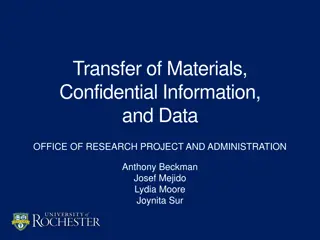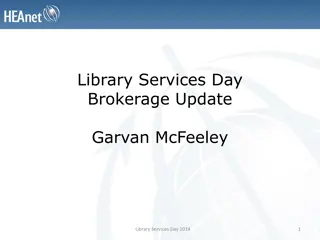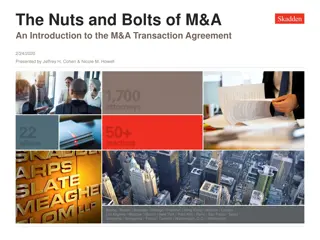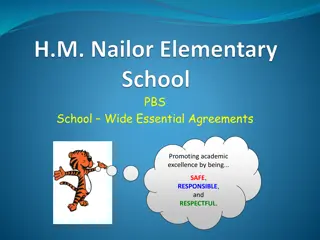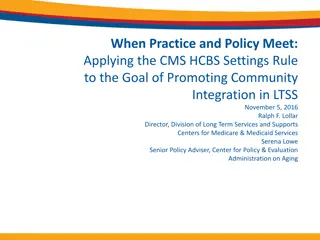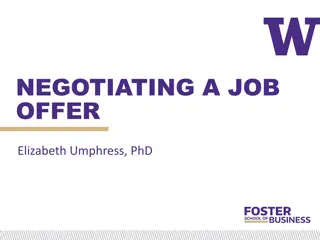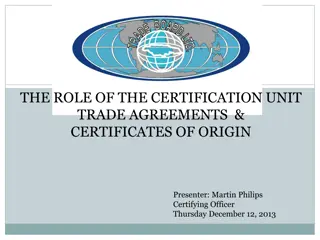Negotiating Working Time Agreements in School Settings
Course overview on negotiating working time agreements, preparation, and audit processes in educational institutions. Covers the formulation and implementation of School Improvement Plans, collective agreements between trade unions and school authorities, and the allocation of working hours for teachers' tasks and activities. Emphasizes the importance of effective communication, decision-making, and negotiation skills in reaching agreements beneficial for all stakeholders involved.
Download Presentation

Please find below an Image/Link to download the presentation.
The content on the website is provided AS IS for your information and personal use only. It may not be sold, licensed, or shared on other websites without obtaining consent from the author.If you encounter any issues during the download, it is possible that the publisher has removed the file from their server.
You are allowed to download the files provided on this website for personal or commercial use, subject to the condition that they are used lawfully. All files are the property of their respective owners.
The content on the website is provided AS IS for your information and personal use only. It may not be sold, licensed, or shared on other websites without obtaining consent from the author.
E N D
Presentation Transcript
NEGOTIATING WORKING TIME AGREEMENTS Alison Murphy LA Secretary
Preparation and audit process COURSE OVERVIEW Branch decision making Communication and approach Tips for negotiation and trading
School Improvement Plan SIP Formulation SIP Implementation Progressed by INSET activities Funded CLPL activities Teachers agreeing to use some of their 35 hours Working Time Agreement. BACKGROUND
WTA at school level - collective agreement reached between trade union(s) and Headteacher as agent of the authority Binding on all members of teaching staff in the establishment INTRODUCTION Covers 5 hours per week in a 39 full week equivalent working year Signed off as agreed by Rep and Headteacher
22.5 hours maximum class contact. WTA - CONTRACTUAL 35 HOUR WORKING WEEK 7.5 hours preparation and correction. 5 hours collegiate time with arrangements agreed at school level between HT as agent of Local Authority and EIS Rep on behalf of members.
CORE COLLEGIATE ACTIVITIES Additional Time for Preparation and Correction Preparation of Reports Formal Parents Meetings Assessment/Tracking Additional Supervised Pupil Activity Planning Staff Meetings PRD SNC meetings Flexibility
5 hours collegiate contractual time per 35 hour working week. CONCEPTS OF TIME Actual Time time needed for designated meetings, Indicative Time for activities arrived at through professional audit. Possible use of pro-forma.
Review -What didnt work last year? What needs to change? WTA PREPARATION GENERAL REVIEW Revise SNC (union side) proposes changes at branch meeting to address this. Decide Branch meeting decides proposals for negotiation with HT.
Activity Time (hours) 0-15 WTA PREPARATION TIME ALLOCATIONS Parents Meetings Staff/Stage Meetings 0-20 Development Time 0-50 Planning/Preparing/Asses sing/Tracking/Reporting 0-70 PRD/Professional Update 0-5 Union Meetings 0-5 ASN/GIRFEC Agenda 0-20 Flexible Time 0-10 Suggested Primary Time Allocation Total 195
WTA PREPARATION TIME ALLOCATIONS Suggested Secondary Time Allocation
Begin to populate the WTA spreadsheet in the following order: Look at the Core (Whole School) Collegiate Activities Parents Meetings Reporting Assessment (incl. prelim)/Tracking WTA PREPARATION WHEN? Look at other Core (Whole School) Collegiate Activities Departmental Meetings Staff Meetings SNC Meetings PRD
CONTENDING AND CHANGING PRIORITIES Time allocated for specific activities. When they should take place in the week/year. Teacher v Management priorities. Covid-19 changes
Present fleshed out proposals to branch meeting. Revise/amend as per branch decision. BRANCH DECISION MAKING Present proposals to management for negotiations. Advise other TUs of EIS position. Take outcome of negotiations back to branch for decision. EIS Rep signs off agreement.
THE EDINBURGH WTA https://www.eis.org.uk/edinburgh Branch meetings where HT is an EIS member
Once your school has agreed the WTA for the following session (and a calendar of events) it should be submitted to your LNCT. WHAT HAPPENS NEXT If you are unable to reach agreement, then the LNCT should be notified of the failure to agree. School branches should contact their LA Secretary early in the negotiation process if this looks a likely outcome.
Negotiation and Communication
What is negotiation? A useful skill A process A form of communication Why should we negotiate? NEGOTIATION Balance of Power
BALANCE OF POWER Never Underestimate Your Own Power! To reward give what the other side wants. To threaten deny what the other side needs. Legitimate argument factual, logical, beneficial. Sympathy
BALANCE OF POWER Confidence Knowledge Belief Preparation Research Help
Considerations: What are the issues to be negotiated? What are your objectives? What are the priorities? Determine what: * You MUST get * You SHOULD get * You COULD get PREPARATION Roles: Who will lead? Who will take notes?
Win Lose Negative, confrontational Likely to break down APPROACH TO NEGOTIATION Win Win Compromise, collaboration Aim is to reach agreement
Interests Options Alternative THE Communication NEGOTIATION PROCESS Legitimacy Relationship Commitment
Verbal language: From what you have been saying it would seem . It is not our normal practise to . We had not anticipated that . Under normal circumstances . From what you are asking . COMMUNICATION Body language
COMMUNICATION AGGRESSIVE Dominate. Ignore others rights. Loud. Refuse to listen. PASSIVE Non-communicative. Linked to frustration and low- esteem. ASSERTIVE Communicate openly. Sharing ideas and listening. Put fear of rejection into context and make choices.
Seek clarifications to avoid any possible confusion. Don t be apologetic: Maybe it s me, but I don t understand COMMUNICATION & APPROACH Don t be aggressive: You haven t made that clear. Be responsive: When you say that, do you mean x or y? Have I got it right, what you are saying is ?
COMMUNICATION & APPROACH Don t argue ask questions Not But Not But and then respond with your views or beliefs, using we statements You re wrong because Why do you say / believe that? That isn t true. What makes you believe that? We don t agree, because Our information is and this leads us to conclude
COMMUNICATION & APPROACH Don t interrupt but keep your thought until an appropriate opportunity arrives. Write it down as it occurs to you if necessary. If, however, you feel it is important to make your point at a particular time, indicate non-verbally your wish to interrupt first. Don t be afraid to repeat yourself the broken record . If you are interrupted, don t be distracted. Keep your next sentence in mind (write it down if necessary) and continue from where you were interrupted with, or without, As I was saying . Don t be interrupted. If an attempt is made to do so, say I d just like to finish what I m saying , or, Let me just finish .
Concede reluctantly if we agree to an extra meeting for x then we will require further time for y Concede with conditions TIPS FOR TRADING Highlight the exceptional nature of the concession Stress your importance to the process school branch members will be very difficult to persuade
1 2 3 Bring back previously settled issues. Create some wriggle room the negotiations go further than the branch members anticipated, and you need to consult with them. Don t feel under pressure to agree straight away you can always return to negotiations. TIPS FOR TRADING
